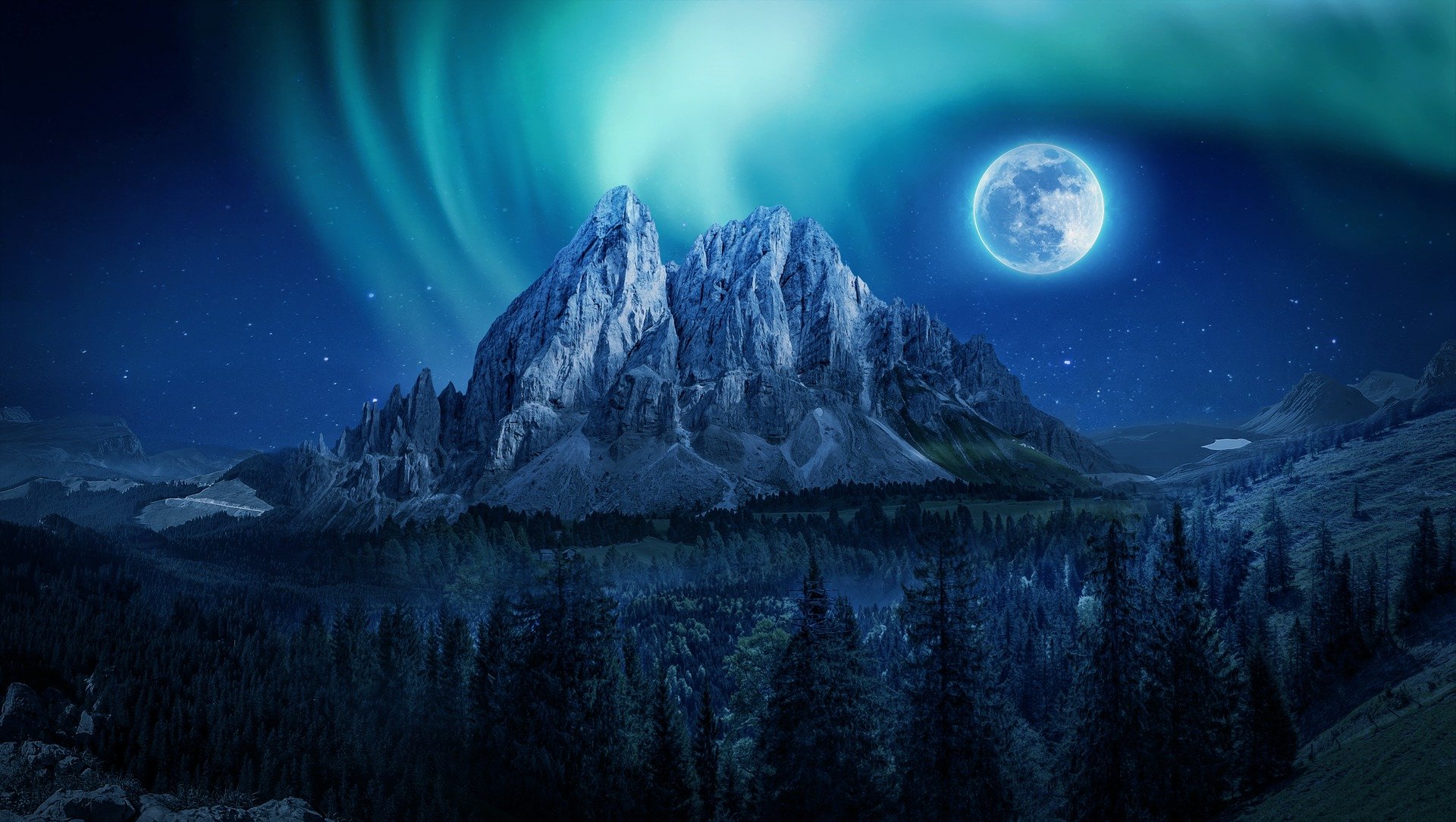The Northern lights, also known as aurora borealis, are one of the several astronomical phenomena called polar lights.
They are visible between the months of November and February. These lights are found both in the Northern and Southern hemispheres.
The origin of the aurora begins on the surface of the Sun, when solar activity ejects a cloud of gas. If one of these reaches the Earth, it collides with the Earth’s magnetic field. When this happens, complex changes take place in the magnetic tail region of the Earth’s field. These changes generate currents of charged particles, which then flow along the lines of magnetic force into the polar regions.
These particles are then boosted in energy in Earth’s upper atmosphere and when they collide with oxygen and nitrogen atoms, they produce auroral lights.
The colours and patterns of these lights depend on the types of ions or atoms being energised as they collide with the oxygen and nitrogen atoms in the atmosphere and the effects of the magnetic force.
The recorded forms so far include rippling curtains, pulsating globs, moving pulses and steady glows. Altitude also affects the colours.
All images from free contributions on the internet. Our gratitude to the photographers.



